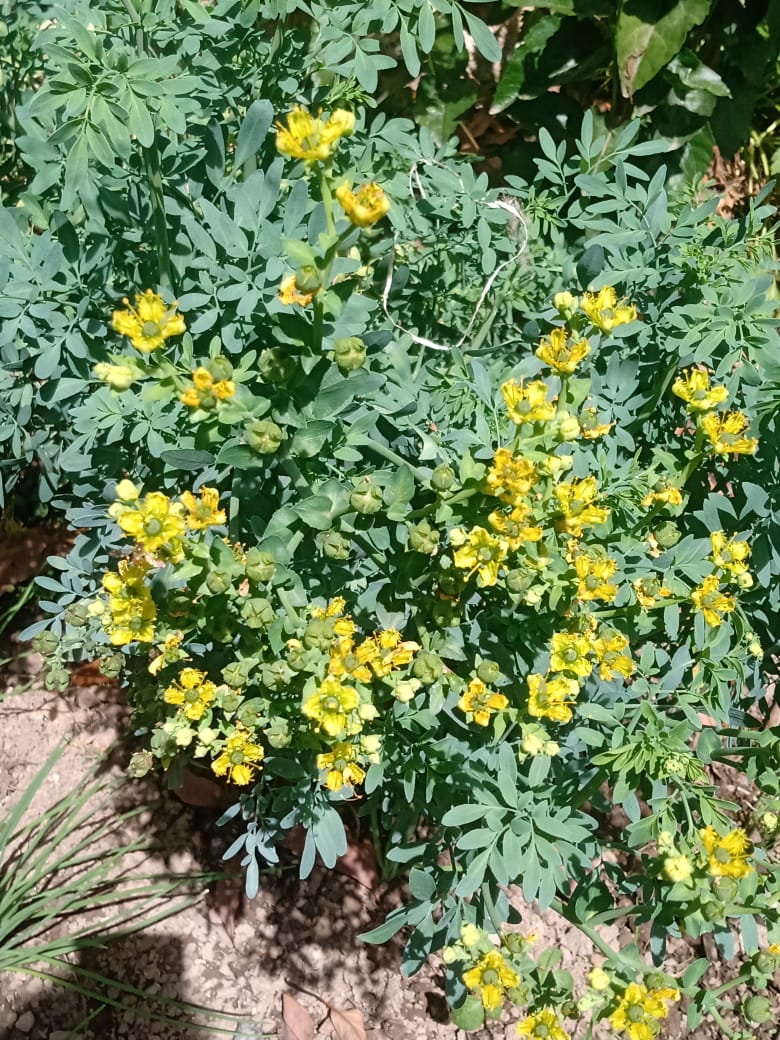
Plants that are native to the district of Leymebamba are indicated with * before their common name.
You may be wondering why non-native plants are included in the Ethnobotanical Gardens. Native plants, of course, deserve special conservation and protection efforts, as they do not have a wide geographic range and therefore are particularly at risk.
From an ethnobotanical point of view, which takes into account human practices and knowledge, it is important to include plants that are culturally important, since culture is alive and always changing. Many of the species brought to Peru by the first Spanish invaders—such as wheat, rice, garlic, even dandelion—have become integral elements of current Peruvian culinary and even medicinal practices. They have been present in Leymebamba for hundreds of years, and over generations, local communities have developed traditions of knowledge about these plants, too.
This website represents a project of active research and development. Botanical and ethnobotanical researchers from the Tambillo Archaeological Project continue to work with the garden owners to identify the plants by their scientific names and to document local knowledge about them. Like the gardens themselves, this website is a living product that continues to grow.
Are you looking for more information?
Download the complete booklet on plants and their uses here